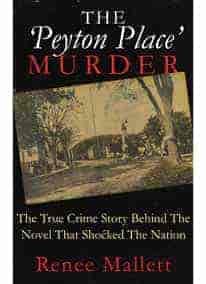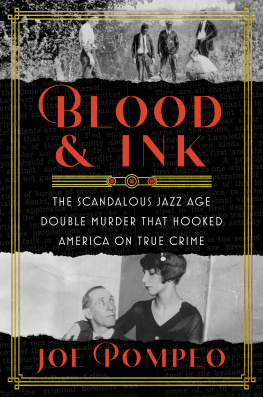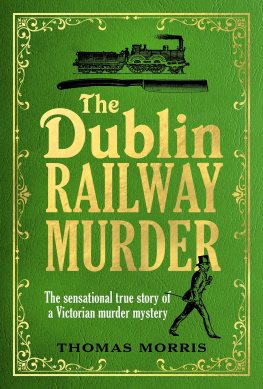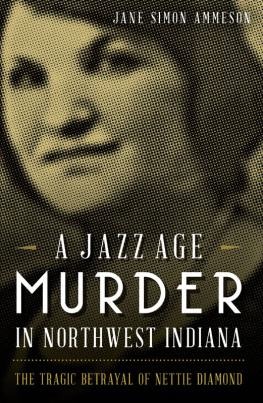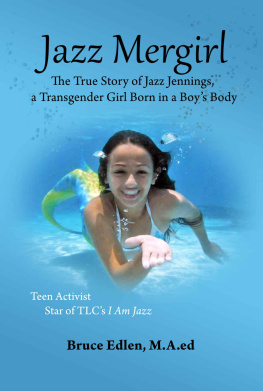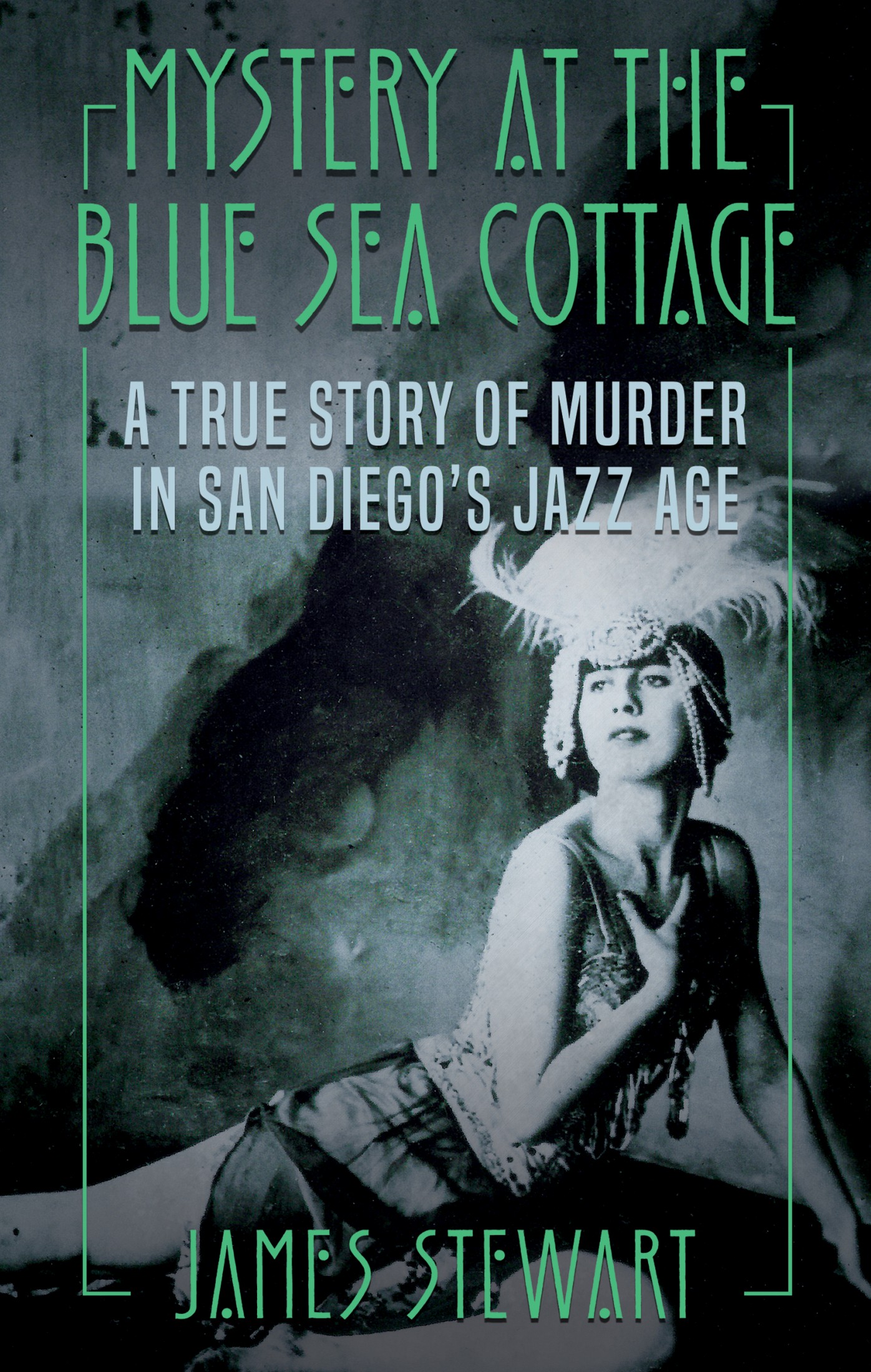MYSTERY AT THE BLUE SEA COTTAGE published by:
WILDBLUE PRESS
P.O. Box 102440
Denver, Colorado 80250
Publisher Disclaimer: Any opinions, statements of fact or fiction, descriptions, dialogue, and citations found in this book were provided by the author, and are solely those of the author. The publisher makes no claim as to their veracity or accuracy, and assumes no liability for the content.
Copyright 2021 by James Stewart
All rights reserved. No part of this book may be reproduced in any form or by any means without the prior written consent of the Publisher, excepting brief quotes used in reviews.
WILDBLUE PRESS is registered at the U.S. Patent and Trademark Offices.
ISBN 978-1-952225-78-9 Trade Paperback
ISBN 978-1-952225-77-2 eBook
Cover design 2021 WildBlue Press. All rights reserved.
Interior Formatting/Cover Design by Elijah Toten
www.totencreative.com
Dedication
For Mom and Dad, from whom I inherited my love of books.
Preface
This book is about the unsolved murder of Fritzie Mann in 1923 San Diego. In the era of yellow journalism, sensation mattered more than accuracy and this story had all the elements needed to sell newspapers: the body of a beautiful interpretive dancer found scantily clad, a murder mystery, intriguing suspects, a sex scandal, Hollywood connections. The San Diego and Los Angeles papers hyped the story and it spread, often distorted, to front pages across the country. Later that year, the story ended without resolution and disappeared from history until 2011, when San Diego historian and author Rick Crawford resurrected it with a piece in the San Diego Union-Tribune .
This book is also about a place and time, southern California in the Jazz Age. San Diego, then a small but rapidly growing tourist town, border town, military town, and seaport, faced unique law enforcement challenges even before Prohibition inundated the city with illegal vice and corruption. Prohibition was one of a confluence of forces that drove rapid social change in the early 1920s and shaped the events surrounding Fritzies death. Another of those forces, motion pictures, made an outsized impact on popular culture by featuring what traditionalists considered decadent themes. And another, a more aggressive womens movement, produced feminist archetypes in the form of the New Woman and the flapper that pushed the boundaries of gender norms, outraging the patriarchal society. The younger sets liberated outlook ran headlong into a Victorian moral code and laws against birth control and abortion. Waking to the Problem of the Younger Generation, as Frederick Lewis Allen phrased it in Only Yesterday, An Informal History of the 1920s , conservatives came to believe that if the Constitution were not in danger, the moral code of the country certainly was. And so came the backlash. The culture wars in the early 1920s looked much like those one century later. Other than the addition of LGBTQ+ rights, the flash pointsgender, race, abortion, immigrationhavent changed, nor has the rhetoric.
This book is also about an immigrant Jewish family whose dreams for a better life ended in San Diego after a series of tragedies. And about the baby of that family, a high-spirited and talented young woman who practiced a now-forgotten art and loved the wrong man.
***
I first learned about Fritzies story in 2012 while looking for a thesis topic for an MFA program I was about to start. I wanted to write a narrative nonfiction book about an old crime, preferably obscure and unsolved, set in San Diego. A few people mentioned the Fritzie Mann case; a Google search brought up Rick Crawfords article. I found and considered other stories that met my criteria, but none as interesting or as widely covered as this one. As I began what proved to be a daunting research project, I learned that the story of Fritzies tragic death was much more than an intriguing Jazz Age murder mystery; in many ways, it defined one of the most fascinating eras in U.S. history.
But telling the story proved to be more challenging than Id anticipated. In some cases I found annoying, hard-to-fill gaps in the historical record, in others an abundance of information but of questionable veracity. I learned some hard lessons about writing a narrative nonfiction book, at least one about an obscure hundred-year-old murder mystery. The most important: Real-world events dont always cooperate with story-telling essentials and those pesky facts can get in the way of a good true story. Solving these problems required me to get creative with how I told the story without getting creative with the facts. It took me nine years to figure it out.
This is a work of nonfiction based on years of research. I didnt make anything up. Primary sources include trial transcripts and other court documents, contemporary newspaper accounts, and documents from the archives of government agencies, universities, and historical societies. Other sources include books, maps, city directories, consultations with experts, and the recollections of relatives and friends of some of the characters. All quotes, including dialogue, are given verbatim from primary sources except for slight edits to dialogue for readability and clarity. At times I knew the substance of a conversation but not the words used; in those cases, I paraphrase the dialogue or put the information in dialogue format without quotation marks.
***
Prologue A House Party In Del Mar
On the morning of Monday, January 8, 1923, after performing in Los Angeles for two months, Frieda Mann rode the midnight train home to San Diego dressed like a flapper.
The outfit shocked her mother, Amelia. A party dress of brown silk crepe fringed with rows of copper beads and a brown hat with a tan ostrich feather? Who wears a get-up like that on an overnight train ride? Not her daughter, usually. Frieda said shed borrowed the outfit from her friend in Long Beach for a house party on Sunday evening. It seemed odd to Amelia. She scolded Frieda for being careless with her friends fancy outfit, then put it away and told her to wear her own clothes.
Frieda behaved oddly for the rest of the week, but Amelia saw no hint of melancholy. If anything, the girl acted too cheerful, too much like herself, especially that last day.
She was joking around the whole day and making happy her sick sister, Amelia Mann said later in her thick Hungarian accent, and she made jokes, take her bath, and was livelydont show a thingnobody can say this girl had something in her heart, because she was happy, and she always was a jolly kid.
That jolly kid, twenty years old, went by a stage name better suited to her personality and profession: Fritzie. She remained jolly to the end, Amelia insisted, despite what some would claim. Still, something new seemed to be weighing on Fritzie.
What had she been up to in Los Angeles for the past two months? Filling dancing engagements and visiting friends, or so she said. Her visit home was supposed to be shortlong enough to break a contract with her employers in San Diego and perhaps tie up some loose endsthen return to L.A. for work and from there on to San Francisco. But maybe shed been doing something else, like consorting with the wrong kind of people, a danger in the interpretive dance world. Or, more dangerous still, trying to break into Hollywood, again.
Dont worry, Mother, Fritzie said when Amelia asked her to share her troubles. Everything will work out.
But Amelia did worry, perhaps more than she would have before now that her older daughter, Helen, lay dying in a sanitarium, the consumption killing her by degrees as it had her husband three years before. Fritzies cageyness about her plans for Sunday evening bothered Amelia the most. She mentioned the house party more than once but refused to share details.

